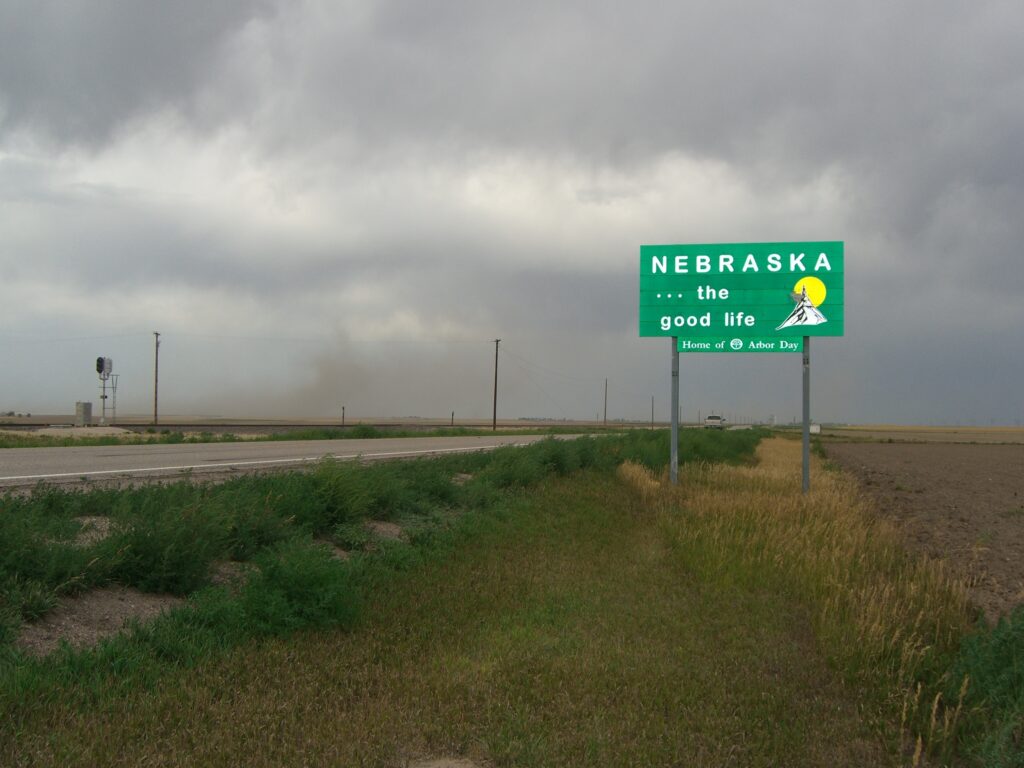The Nebraska Climate Assessment and Response Committee will proceed with a study on the effects of natural climate change on the state, despite vigorous opposition from global warming activists. The activists, including some state-funded scientists, pledged to boycott the study unless it includes or focuses on human-caused climate change in the state. Other scientists, however, noted the study represents an important effort to analyze the often overlooked effects of natural climate cycles.
In March of this year the Nebraska legislature passed LB 583, directing the Climate and Assessment Response Committee to study the effects of climate change in the state. The study was the top priority of Democratic Sen. Ken Haar. At the urging of Republican Sen. Beau McCoy, however, the legislature specified the study should focus on the role of natural or cyclical climate change.
Wanted More Money, Manmade Focus
Haar and global warming activists protested the focus on natural climate change. State climatologist Al Dutcher claimed the scientific community does not recognize “cyclical” climate change and does not study it. Dutcher also said the $44,000 set aside for the study was woefully short of the $300,000 to $500,000 he and fellow scientists would expect for such a typical study.
Haar, while agreeing with most of Dutcher’s criticisms, supported the lower budget for the study, saying he envisioned the study being a straightforward overview of scientific research already conducted.
Scientists Applaud Challenge
Despite the complaints by global warming activists, some climate scientists applauded the study’s focus on natural climate change, while warning against a kneejerk reaction that would completely dismiss human influences on climate.
“I think a useful study should consider both natural and human influences on the climate. It would be a mistake to make the study a mirror image of establishment studies, which long trivialized the influence of natural influences on climate,” Princeton University physics professor William Happer said. “Poorly defined natural influences may well have been much more important than CO2 in determining the Earth’s surface temperature.”
“More CO2 will be especially good for Nebraska, with its marginal rainfall, since plants in water-stressed environments are much better able to resist drought when the ambient CO2 levels are higher. A greening of the Earth has occurred during the satellite era, a greening which is probably due to more CO2. The greening of Nebraska, like other rainfall-limited parts of the Earth, has been especially pronounced,” Happer explained.
Happer said he is not surprised some government-funded scientists criticized the study proposal.
“The reaction of the ‘climate scientists’ in Nebraska is entirely predictable. Many of them have been generously funded for several decades at levels much higher than the paltry $40,000 the Nebraska Legislature set aside for the climate study. Researchers like myself, with excellent backgrounds in the science of climate but with no need to demonize CO2 to keep academic empires funded, are persuaded that the warming potential of rising CO2 levels is small and beneficial, and that natural factors will continue to dominate the earth’s climate for centuries,” said Happer.
“The appropriate course, in my view, is to include what we know about anthropogenic effects — including land surface changes as well as the effect of greenhouse gases (which is often ignored) — but with a healthy dose of the uncertainties involved with forecasting the future using models,” said David Legates, a Ph.D. climatologist and professor at the University of Delaware.
Howard Hayden, emeritus professor of physics at the University of Connecticut, agreed with Happer that scientists should look not overlook natural or human influences. However, he said he understood why the legislature would specify natural climate cycles, given all the federal funding for studying asserted human-caused climate change.
“You can’t leave out the human influence on climate, but you also can’t emphasize it at the expense of ignoring others,” said Hayden.
Can Regional Study Justify Costs?
“The $44,000 price tag obviously would not be enough to do hands-on research, and one year is far too short a time to have any meaning. The $44,000 would be enough for somebody with scientific expertise to read a lot of papers and provide a summary. For the summary to be worthwhile, the investigator must not ignore any of the positive contributions or any of the negative contributions to temperature change,” Hayden explained. “The least reliable of all IPCC forecasts, by their own admission, are regional predictions. Discovering that single fact should make the researcher tell the legislature that the study would be pointless.”
Patrick Michaels, director of the Cato Institute’s Center for the Study of Science and past president of the American Association of State Climatologists, agreed any attempt to forecast Nebraska climate change, natural or human-caused, would be too speculative to justify the expense.
“In its legislative preamble, the bill should state that there is no scientific evidence that climate models can produce reliable forecasts for future climate for individual states and therefore it would be a disservice to the people of Nebraska to use such models to form state policy,” said Michaels.
“The Nebraska study would do better to note that there is simply no demonstrated skill in future climate projections at the regional level, and that making a forecast without a verified regional model borders on scientific malpractice,” Michaels added.
James M. Taylor ([email protected]) is managing editor of Environment & Climate News.





